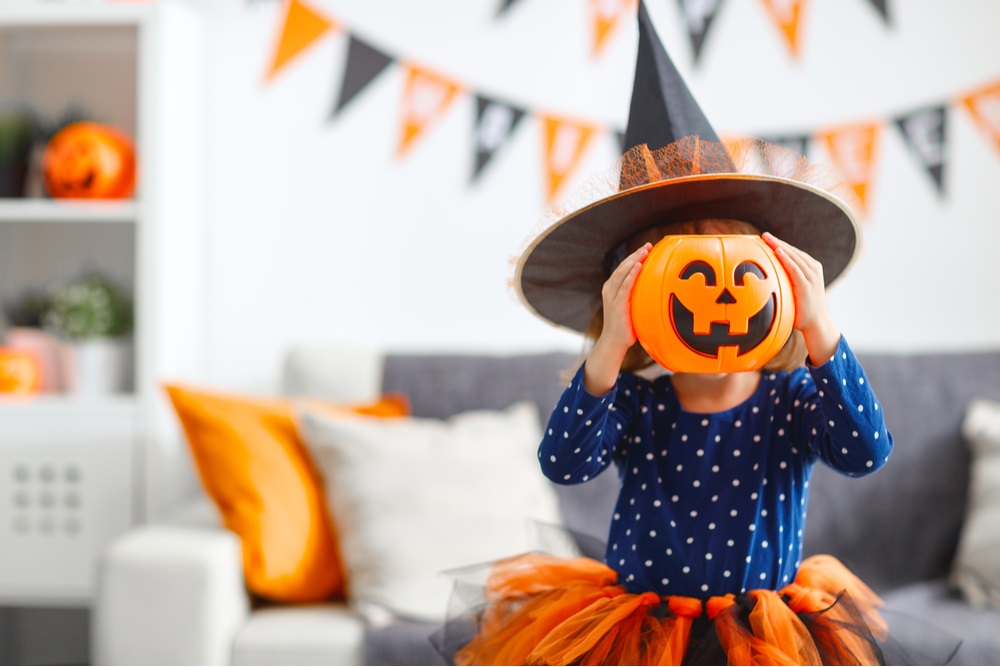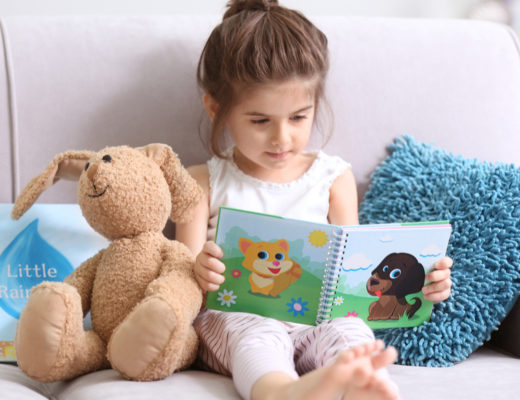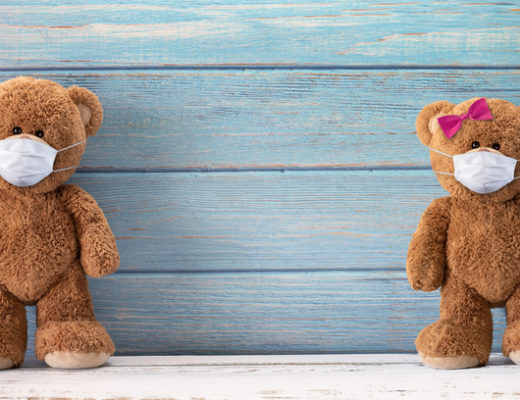by Janis D. Gioia, MAEd.
This past week, many readers have been telling me how hard Halloween is for their children (or students) with anxiety, autism or sensory processing disorders.
In my article How to Make Halloween Happier for Children with Anxiety, Autism and Sensory Processing Disorders I discuss the reasons that make Halloween difficult for some children.
The tips I give include:
Talking About Halloween
Using Bibliotherapy
Designing Your Child’s Version of a Happy Halloween

A mom of a child with autism asked me how she could help her son enjoy Halloween without him having almost daily meltdowns. She’d read my earlier article and said it helped.
But did I have anything more to add?
Maybe dial it down a bit, I told her and I explained why and how:
Halloween is difficult for children with anxiety, autism and sensory processing difficulties because of the chaos and commotion, the scary images, and the changes in schedule and routine.
But it is also difficult because it involves too much anticipation.
Anticipatory anxiety happens when a child waits for something that is either scary, happy or exciting:.
Halloween, upcoming birthdays, Christmas, or even a pizza dinner after school on a Friday fit the bill, and can be almost too much for children with anxiety and autism to handle.
With Halloween just a few days away, what should you do?
For starters, see if your child with anxiety, autism or sensory processing disorder wants to participate in Halloween, and how much.
Let them decide if they want to wear a costume, a mask, or even make-up.
Your job is to help your child find a way to participate that is comfortable for them, one which doesn’t have them completely avoiding the holiday (which can make it seem like something to be feared.)
You want your child to feel in control.
Fearful children need to know that Halloween, like other scary things in life, is something that they can handle.
Many children (and adults too) experience sights, sounds, textures, tastes and smells at a higher level than other people.
Sensitive children need the adults in their lives to be sensitive to their needs. To offer guidance and support to make a scary world less scary and to help them find ways to advocate for themselves, and their needs, as they grow into adults.
So, dial it down.
Here are some easy ways to remove the anticipation:
Let your child wear her costume BEFORE Halloween night. Let her wear it to bed, while watching cartoons, while eating dinner. Whatever.
Why? Because it dials down some of the excitement and anticipation of wearing the costume on The Big Night. When the novelty wears off, some of the frenzied energy and anxiety goes down too.
Yes, she might get mac and cheese on the costume or will get wrinkled in bed, but who is going to notice when she is out trick-or-treating in 30° freezing rain? Exactly.
While your child is wearing said costume, encourage him to do calming activities.
Calming activities can go just as easily with a Halloween costume as running wild and screaming for chocolate.
Children, like adults, need to build calm meditative moments into their daily routines. And while you may not think of Halloween being calm and meditative, reframe the way you present things children with anxiety, autism or sensory processing disorders.
So much in our lives, and the lives of our children depends upon the narrative we tell, share and believe.
Help your child create a life narrative that incorporates peace into routines. Even trick-or-treat.
While it may not sound easy, it is doable in some degree, and trust me, any degree of calm helps.
I’ve weathered my share of Halloween hurricanes as a mom and as a special education teacher.
Hopefully you have a practice of meditating with your child. (If not, this is a great time to begin. My article Meditation for Anxious Children: Helping Kids Begin Meditating offers easy ways and tips to help you get started.)
Here are some calming activities your child can do while wearing her costume:
Coloring
Reading or listening to a Halloween story or a favorite book
Meditating
Practicing Yoga
Making a Halloween craft

Another way to remove the anticipation is by letting your child eat some of the forbidden treats BEFORE Halloween night.
Let’s face it, the nutrition police aren’t going to arrest you if your child eats a few pieces of candy before trick-or-treat.
And if your child only eats organic fresh fruit instead of candy, great, let him have a few extra apples or stawberries.
It’s really just about removing the anticipation so their anxiety levels fall.
Remember when you were in middle school waiting to give a speech? Your heart raced and your palms sweated and you couldn’t focus on anything else until your name was called to present?
That’s similar to what our kids with anxiety, autism and sensory processing disorder feel when they are waiting for something fun and exciting and just a little bit too much to handle.
Dial it down.
Help your child (or students) feel that tidal wave of relief you felt when your dreaded speech was behind you.
Try these ideas:
Play relaxing music as a soundtrack for your children’s life. (This goes for in the classroom too.)
Get children outside. Nothing calms better than fresh air and connecting with nature.
Make calming activities a part of Halloween, the holiday season and every day in between.
Children with anxiety, autism and sensory processing disorders can enjoy Halloween and the holidays. By dialing down some of the excitement and taking their needs into account, you can help them design a holiday experience that is right for them, your family and your classroom.
Wishing you peace for mind, body and spirit, Jan

By signing up, you’ll also receive your free guide with 20 ways to comfort your child…mind, body and spirit.







 in Ohio
in Ohio
No Comments